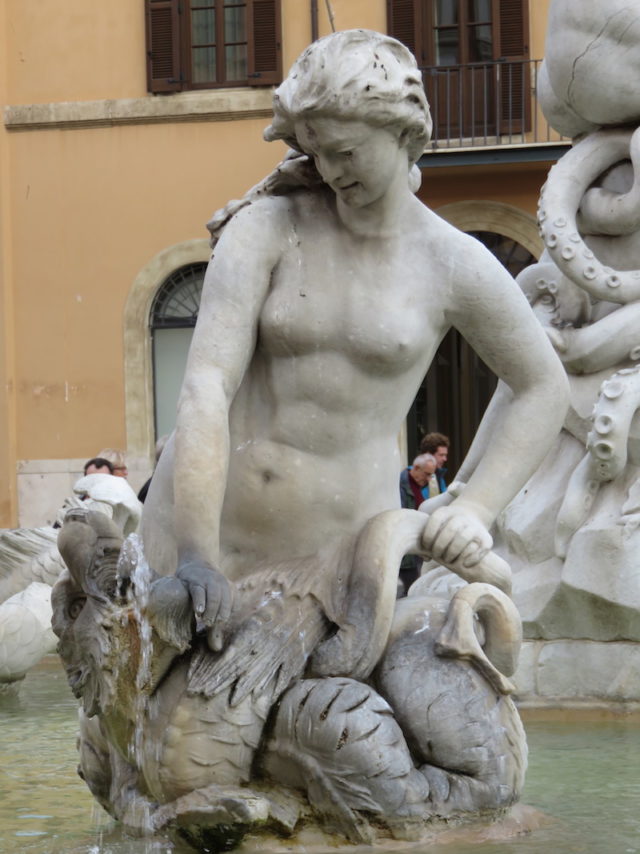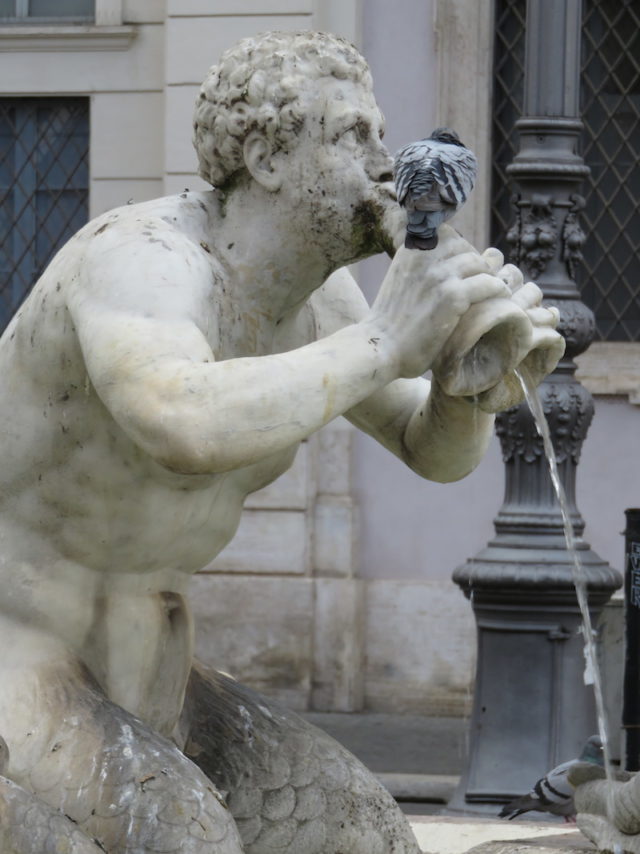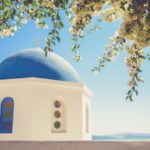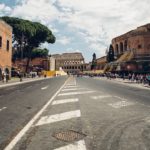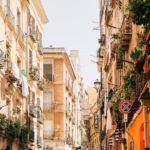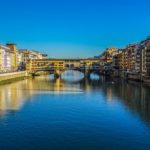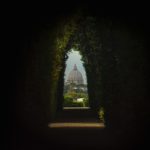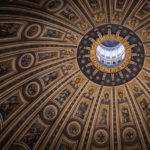3 Extraordinary Roman Fountains
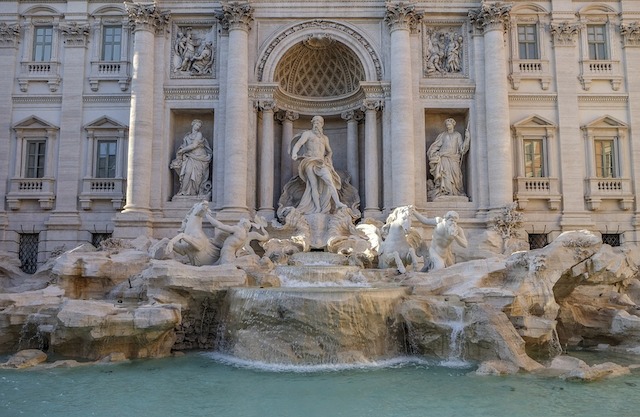
Rome is an extraordinary city. Art and Roman fountains can be found everywhere. Anyone can just walk up to centuries old art and take a gander. In a world where more and more art can be found inside museums and out of the reach of the public, the ability to come in contact and literally be able to touch works of art so old is surreal and welcomed.
Although art can be found in almost every corner when wandering Rome’s streets, I do have my favorite location. The Piazza Navona found between the Trevi Fountain and Vatican City–while also near the Pantheon–houses three extraordinary fountains. Sure, the Piazza Navona caters to tourists. The touristy restaurants that line the rim of the Piazza Navona attempt to lure travelers to sit and enjoy the view.
Souvenir shops can be found interspersed amongst the proliferation of eateries. But extravagantly priced meals and ridiculous trinkets should not be the reason you visit the Piazza Navona.
In a whirlwind of tourism, you’ll see and feel a connection with genuine art.
This square, which was once a stadium, (when you walk into the Piazza Navona and see the area’s shape you’ll get it immediately) creates a closed in space to enjoy beautiful art surrounded by lovely buildings. Ignore the tourists around you, avoid the hosts at the overpriced restaurants, and grab some gelato. Sit next to one of three fountains where you can marvel at the creations. You might even see an artist or two sketching from the sculptures amidst the water. In a whirlwind of tourism, you’ll see and feel a connection with genuine art.
Each of the fountains presents different sculptures although the theme of water supersedes all. Citizens long ago utilized the fountains to procure water in an urban setting. As the years moved on and the fountains as water sources became less relevant, sculptures were added to the fountains to create unique works of art. Each of their fountains has their own charm.
Fontana di Quattro Fiumi
Pope Innocent X requested the creation of this particular fountain, which is the centerpiece of the square. Built between 1647 and 1651, this gorgeous fountain’s design was brought to life by Gian Lorenzo Bernini. The Fountain of the Four Rivers displays the Nile, the Ganges, the Danube, and the Rio de la Plata. Four figures representing each of the rivers surround the base of an obelisk in the center of the fountain.
The Nile stands for Africa, the Ganges represents Asia, the Danube stands for Europe, and the Rio de la Plata stands for America. While the figures and the obelisk certainly draw the most attention at this fountain, the whimsical details draw the eye and stimulate the imagination of the viewer. Below the figures, a sea creature’s body undulates through the water appearing to hide from the four men above.
Elsewhere a lion lowers his head to drink from the fountain. While the representations of the four rivers can spark the mind to consider all the meaning and allegory behind each figure, the creatures present in the fountain bring the scene alive even more.
Fontana del Nettuno
The Fountain of Neptune resides at the northern end of the Piazza Navona. Constructed by Giacomo della Porto, the fountain was originally known as the Calderari in reference to pots and pans as the fountain was located near the blacksmiths’ alley. In the nineteenth century, the statue of Neptune (the design of Antonio della Bitta) and the sea nymphs were added.
Neptune battles an octopus in the center of the fountain. With tentacles wrapped about his legs, the artist captures Neptune about to thrust his spear down into the octopus’ head.
Along the edge of the fountain, a sea nymph follows suit by attacking another marine creature. The sculptures create a dynamic scene full of energy and impending doom. Most oddly, the nymphs and the cherubs join Neptune in their own efforts to subdue various ocean animals. Simultaneously, viewers should consider the pigeons which sit upon the frozen scene. Given the right angle of a camera, a comical and absurd picture can be produced.
Fontana del Moro
The Moor Fountain can be found at the southern end of the square. Giacomo della Porto is also responsible for the construction of this fountain. Bernini’s design of the Moor, an African, wrestling a dolphin was added in seventeenth century with the tritons following in the nineteenth century. Tritons, also known messengers of the sea, seem to signal the battle occurring between the Moor and the dolphin.
With cheeks puffed out from exertion, the tritons’ faces are made doubly amusing by the nonchalant pigeons that adorn the fountain. A nude man balancing on an oversized shell while fighting a dolphin tops the fountain’s two tiered geometric design and is the focal point of it all. The man seems to be the ultimate multi-tasker although tourists’ ability to simultaneously eat gelato and take photos comes in at a close second.
3 Extraordinary Roman Fountains
Related Reading
Weekend in Rome: A Weekend of Ecstatic Eating, Dancing, & Sightseeing
Have you traveled to Rome, Italy? How was you trip? Email us at editor@pinkpangea.com for information about sharing your experience and advice with the Pink Pangea community. We can’t wait to hear from you.
3 Extraordinary Roman Fountains photo credits: Monique Wilkins


